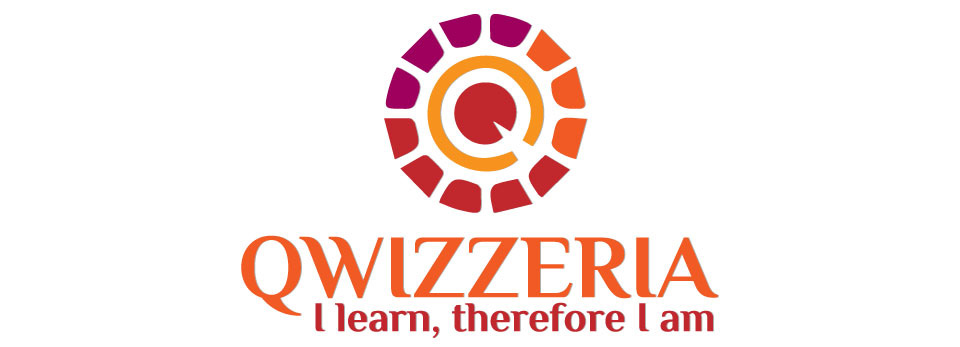A French classic written by author and pilot Antoine de Saint Exupéry, this book was published in the year 1943, in both French and English. It includes the writer’s own illustrations. Critics were unsure as to how they were supposed to label the book: Was it a children’s book or one for adults?’ Samvidha Srinath shares her review.
Quite simply stated, after reading the book, Samvidha says that ’The Little Prince’ is a children’s book made simple enough for kids to enjoy and complex enough for adults to analyse and understand the deeper meaning.
The story
‘The Little Prince’ begins with the narrator portrayed as a six-year-old boy. He draws pictures of open and closed boas. He shows his drawings to the grown-ups and explains his ideas to them. However, the adults brush him off as a waste of time and tell him that he should focus on more important subjects such as history and geography.
Years later, the narrator grows up to be a pilot and experiences a crash landing in the Sahara desert, where he meets a young boy who he refers to as ‘the little prince’. As the pilot tries to fix his broken plane, the little prince tells the narrator about his life and his asteroid B-612. It has a garden with baobab plants, and two volcanos: one extinct and one active. On his asteroid, he also has a flirtatious rose and the little prince falls in love with it. The rose demands many things: a shield to protect it from the cold and lots of water to drink. The little prince, enraged by these demands, leaves the rose and sets off to travel to other planets.
‘The Little Prince’ takes the readers on a journey across planets meeting people who are consumed with different character traits: a king obsessed with authority, but has no one to rule over; a vain man who is obsessed with flattery and hates criticism; another man who is ashamed of habit; a businessman, obsessed with counting the stars and loses count every time someone disturbs him; a lamplighter who lights lamps and puts them off every time the sun rises and sets, but complains that he hasn’t got time to do the thing he likes to do the most: sleep; and a geographer who knows nothing of his own planet, but documents what explorers bring from their journeys. But when he visits the last planet Earth, he realises that it’s full of all the characters he had met before! Eight days later, the narrator fixes his plane. How the little prince and the narrator part ways is for you, the reader, to find out.
Review
For a book just over a hundred pages long, it is densely packed with lots of images. Some lessons are hidden in the imagery and some are obvious. For Instance, the baobabs are plants that prevent other plants from growing. This imagery represents the distractions in our lives. The snake in the story represents all things negative. If we let it bite us, it will consume us. The little prince standing on top of the tallest mountain represents loneliness. If we don’t want to be lonely, we have to shout as loud as we can for someone to hear our voice, just like the little prince.
The book also implores the readers to let go of their obsessions, stop being rigid and narrow-minded and let our imagination run wild. A child does not discriminate. It is innocent by birth. It also asks us to search for the child within us, find out who we are and just be free.
Personally, my favourite parts of the book were the first chapter, where the narrator is shown as a young boy with a wild imagination, and the five chapters where the king, vain man, drunkard, businessman and the lamplighter were described.
The sentences are short, and the author makes good use of repetition to portray a child’s character and to help us understand what is going on. The illustrations are drawn by the author and are adorable. You can think of this book as an extension of the author’s journeys when he was a pilot and maybe an extension of his own imagination. Maybe the narrator saw his young self in the little prince since his imagination was cut short when was six years old.
Whether you are a child or an adult, this book is a must-read.
Disclaimer: Opinions expressed belong solely to the content provider. Namaste Switzerland does not undertake any financial/reputational/legal/misrepresentational impact or other obligations/ liabilities that may arise from the content.












